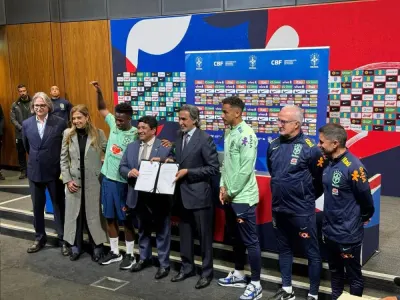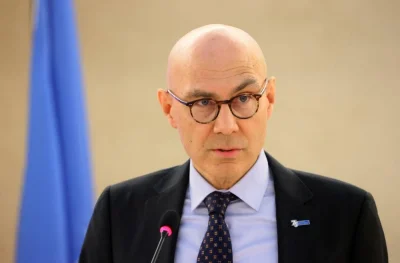DFI screened five Brazilian short films last weekend,
each one captivating the viewer with its narrative
and visual appeal. By Anand Holla
Five short Brazilian films screened over the weekend at the Museum of Islamic Art (MIA) auditorium were bound by two common threads – all featured children at the centre of the plot, and all were delicious visual feasts.
In celebration of the Qatar-Brazil Year of Culture 2014, the Doha Film Institute (DFI) screened the films on Thursday and Friday evenings. Organised in partnership with Qatar Museums, the Brazil Cinema Showcase is presented by the DFI every month, highlighting the year-long cultural collaboration between the two countries to build a legacy of artistic exchange.
Marked by distinct approaches to storytelling, each of the five shorts had something fresh and thought-stirring to offer. The Boy at the Five (Menino do Cinco) follows the story of a lonely boy Ricardo who steals a puppy from a homeless kid, Téo, and is loath to return it. While Téo tries hard to get his puppy back, Ricardo obsessively holds onto it.
It’s Ricardo’s fractured relationship with his father that drives him to desperate lengths in clinging onto the puppy – his newfound emotionally fulfilling companion. The intense, handheld close-up shots of Ricardo and his adorable little friend, only add to the escalating drama that culminates in a rather shocking end. The compelling 20-minute short, directed by Marcelo Matos de Oliveira and Wallace Nogueira, has won 23 awards and has been screened in 63 film festivals in 22 countries.
Award-winning filmmaker Thais Fujinaga’s 19-minute short The Mai Brothers (Os Irmãos Mai) is another instance of effective storytelling. After school, two Chinese brothers bicker all the way to their grandmother’s house, while deciding on the best birthday gift that they can buy for her. It’s a simple, no-frills short that sticks to narrating an everyday, slice-of-life account in a warm, agreeable style.
The 18-minute documentary Sanã is directed by Marcos Pimentel, who has several creative documentaries to his credit. The film meanders through the life of an albino boy in search of something in a near-desolate landscape that he seems to have befriended. Shot exquisitely in the backcountry of the Brazilian state of Maranhão, the film’s visuals have the power to transport the viewer into its awe-inspiring atmosphere.
There’s barely any dialogue and there’s no story, but the narrative marries the giant sand dunes, the wind-swept desert, and the clear blue sea with the contemplative daily routine of the boy. For the conventional viewer, sticking by the film’s runtime of 18 minutes may seem unrewarding in the end. However, Pimentel’s treatment of nature’s glory is visually spectacular.
The black comedy of The Comforting Hand (A Mão que Afaga) got the hall echoing with quite a few laughs. The 20-minute short, directed by Gabriela Amaral Almeida, tells the story of telemarketing operator Estela, who plans a party for her son Lucas’ ninth birthday.
Lucas seems least interested in celebrating it and nobody except one friend and her mother turns up for the evening. A man wearing a bear’s costume, who Estela had hired for the party, turns up too, to only add to the misery.
To Sleep Quietly (Pra Eu Dormir Tranquilo) is an unconventional horror film in how a child is thick friends with the ghost. Juliana Rojas’ 15-minute short tracks Luis, whose nanny has died a few weeks earlier. One night, the nanny reappears inside his closet. Still attached to his nanny, Luis does everything possible to satiate her hunger. The film’s finale leaves the interpretation wide open to the viewer.
COMPELLING: A still from the exquisitely shot Sana.



